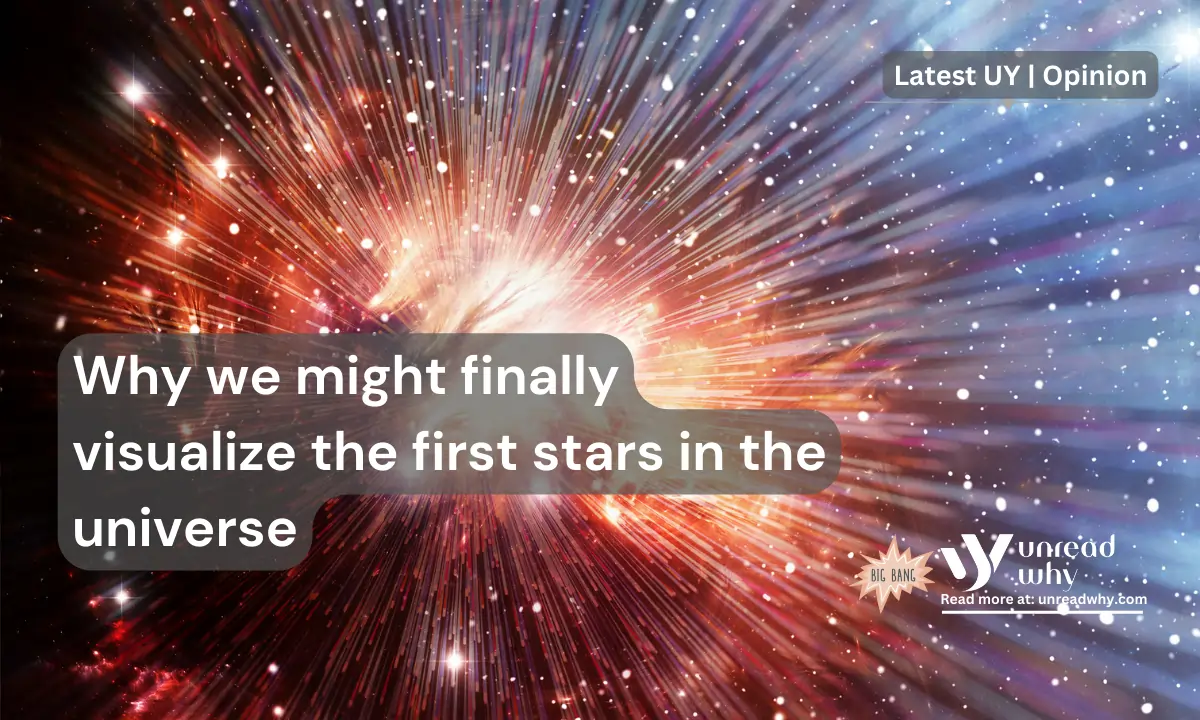What is the observable universe?
Everything we can see, just like the stars in the sky, and possibly right now, which is perceivable by our profound senses, indicates the notion of the fundamental truth that enables us to visualize the world and matter emitting electromagnetic radiation. To shed light on this aspect, it is worth mentioning that in our universe, the objectives that are emitting energy help us to interact, and perceived objects are contrasted with the universe which is observable which is known as the observable universe.
Furthermore, further, we can see the light which comes from the “cosmic microwave background”, which is the cooled leftover of the first electromagnetic radiation that could ever travel freely throughout our universe. This is also called “fossil radiation” that enables telescopes to visualize what was free after the Big Bang which occurred about 13.8 billion years ago.

Some gravitational waves and neutrinos surround us, but yet we do not have sophisticated technology to detect them. As far now, the future image illuminates the observable universe on a rising compact scale with the Sun and Earth at the centre surrounded by nearby stars, solar system, normal matter, distant galaxies, and nearby galaxies alongside a Cosmic microwave background.
In recent times, astrophysicists have assumed that the observable universe is a nearby part of the greater entry, which is recognized as the universe where general theory relativity is applicable, governed by the fundamental laws of physics. Apart from that, the notion of a multiverse, which might even be part of our universe, could establish a different understanding of how physics laws apply, which might alter the fundamental trust about the existence of the universe in which stars are born and die in the vast cosmic arena.
Cosmic microwave background
The major thing that the Big Bang produced is the radiation spectrum, which is perceived by us in the sky. Many scientists illustrate that after the Big Bang, the universe expanded and cooled down ever since its beginning. As a result, it could elevate understanding about how the universe actually comes to its actual shape. This also provides a better outlook for NASA to guess the current thermodynamic temperature.
The universe had radiation, which is recognized by its small wavelength. However, the expansion has stretched the radiation, which is emitted from various stellar objects like stars that we now see. As a result, the residue light from the Big Bang is known as “comic microwave background radiation” (CMB). Many theoretical physicists have already predicted that after the Big Bang, elements such as deuterium, hydrogen, and helium will be the most common by-products produced during expansion.
These elements could have been produced in specific ratios. Thereby, the observed collapse of different galaxies and abundance of certain elements and CMB are collectively recognized as the pillars of “Big Bang cosmology”, and that is why the Big Bang theory is widely accepted, which helps scientists predict events which are induced by several unsolved problems in astronomy.
Why we might visualize the first stars in the universe

The cosmic microwave background radiation has so far strengthened the possibility of the Big Bang and the origin of the universe, which also indicated that energy driving atoms apart has been cooling the universe, which is known as re-ionization. In modern years, astronomers try to figure out the generation of the first smaller objects, which have been thought to have been produced after the Big Bang, to comprehend the fundamental truth about its occurrence, and we might finally be able to see the first stars.
In 2024, NASA’s James Webb Space Telescope(JWST), by optimizing its vision on the outer reaches of a significantly distant galaxy, may empower this renowned space agency to find evidence of the first stars therefore, how this will alter the perception of scientists to witness distant galaxies and stars formed after the big bang yet to be answered.


